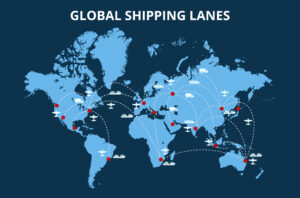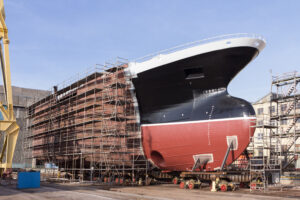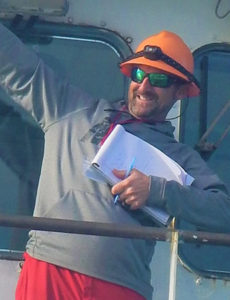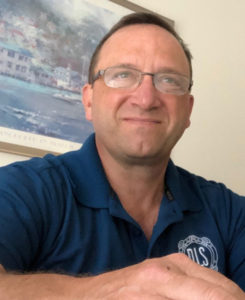- June 8, 2022
- Industry, Marine News
- BITS AND PIECES
Foar de wyn is elk een hurdsiler (Friesian)
Zit alles mee dank an iedereen een prestatie leveren (Dutch)
If the wind is with you, everybody is a fast sailor
(Proverbial phrase – Netherlands)
Constant
With rapid technology changes and the endless flow of fascinating R&D press releases, some of the updates I wrote just three months ago are already old news. As one purpose of this blog is to help people not entirely in the maritime industry to keep up, here are some of the latest innovations (or proposed innovations) in maritime design and marketability.
Transitioning
As of May 2022, the majority of new construction orders, 63% in gross tons, involve ships with alternative fuel capabilities. Fifty-nine percent of orders in 2022 are for LNG. Hybrid/battery ships have 26 orders, although these are for small niche market routes. Twelve percent of orders are for ships to be powered by ammonia.
While LNG powered ships are in the lead, these are often dual fuel constructed to also run on LSFO. With the current cost of LNG, these ships still tend to rely on the LSFO or the even cheaper HSFO, if they are equipped with scrubbers. More advanced LNG ship designs are being built to run on LNG and ammonia/methanol. Somewhere in the not-too-distant future (2030?), mandatory low emissions will force all ships to employ the greener, albeit considerably more expensive, alternative fuels now being explored.
Build it and they will come
Owners want to comply with zero-carbon regulations and are being given financial incentives through, among others, the Poseidon Principles agreements among lenders and insurance underwriters. Similar agreements are being made to use green ships by major bulker charterers. But why build a ship that runs on ammonia or methanol when there are no fueling stations?
Consortiums are coming together to provide these two major zero-carbon fuels of the future.
Methanol has one major backer in Maersk who has chosen this to be the future fuel of their large fleet. Methanol can be dangerous to humans and is not by itself a zero-carbon fuel as it emits methane. Methane can be recovered but it is an additional step that still needs to be worked out.
Ammonia, although it has its own dangers, has been carried as cargo on ships for decades. It is a zero-carbon fuel if it can be produced without the process creating GHG. There are already groups that are planning the manufacture of green ammonia and green hydrogen and to have it available on major trade routes. Desirable sites are said to be Singapore, Oman on the Arabian Sea/Persian Gulf, and a site in Egypt for the Suez Canal traffic.
Not as specific, but in the talking stages, are sites in Gibraltar, a site near the tip of South Africa and South America, in Australia, and a major Euro port like Rotterdam. Just like the fuel stops that were created on the trade routes of 100 years ago.
But new bunkering sites will not be a simple pile of steam coal or a tank farm of heavy and distilled fuels. Manufacture, storage, and distribution of these new fuels will be complicated, expensive, and slow.
With a lower profile, a third future fuel is green hydrogen. This is already being produced in Australia, but transporting it to users’ sites is just beginning. A current 1,250-cubic meter hydrogen tanker is running green hydrogen from Australia to Japan. Currently, the Japanese are getting ship designs approved and in the design phase is a ship to carry 160,000 cubic meters of green hydrogen. By the time this ship is in service near the end of the 2020’s, it is hoped that the manufacture of green hydrogen will be at a rate to readily load such ships.
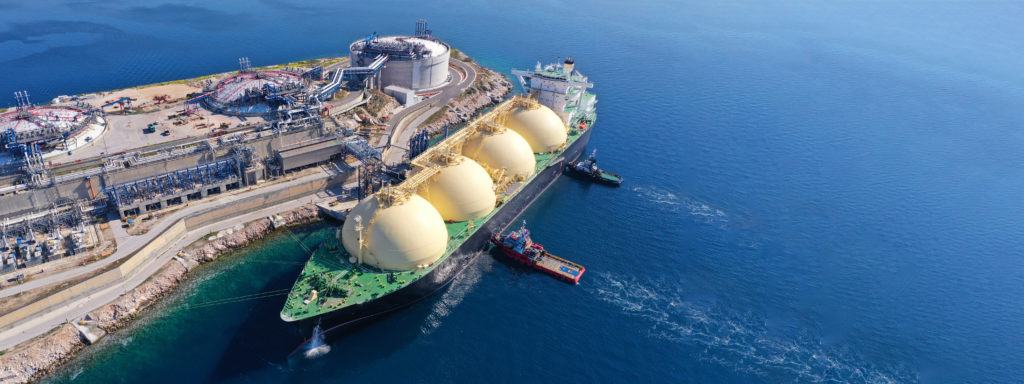
Statistics on the move
For decades, owners have built ships from the financial base of a 20- to 25‑year economic life. Scrapping statistics have backed those numbers. Yes, vessels can last longer than that. I appraised ST. MARYS CHALLENGER when she was 103 years old and still making money. (Now her forebody is an ATB barge and still making money!) Jones Act vessels, particularly blue water vessels, are built with an expected economic life of 35-45 years, depending on the type of vessel and the level of complexity and cost of its design.
But in the wider world, the traditional normal economic life range seems to be dropping in circumstances where the age of a vessel can determine if it is eligible for hire.
Major oil companies charter in tankers no older than 15 years. China has some similar rules for vessels in their water. Loans and leases tend to cover no more than the first 15 years of a ship’s life as Special Survey No.3 can bring maintenance costs and Capex surprises.
It is even more complicated today in that a ship delivered today that runs on LNG may not be clean enough to operate in 15 years. Hence, owners spending more today to make a ship dual fuel ready to possibly extend its life as future regulations force economic obsolescence.
While 20 years is still the norm, that next five years, from age 15 to age 20, for some vessels, needs to be kept in mind.
As a side thought, with regulations on ship scrapping sure to become more common for green scrapping practices, owners may be weighing the possible future income stream against the lower scrapping return from green yards, and scrap ship before tougher scrapping rules come into effect. This might also play with the “stranded asset” label of ships that cannot economically produce acceptable EEXI/CII credentials and will lose their operational certification before age 20.
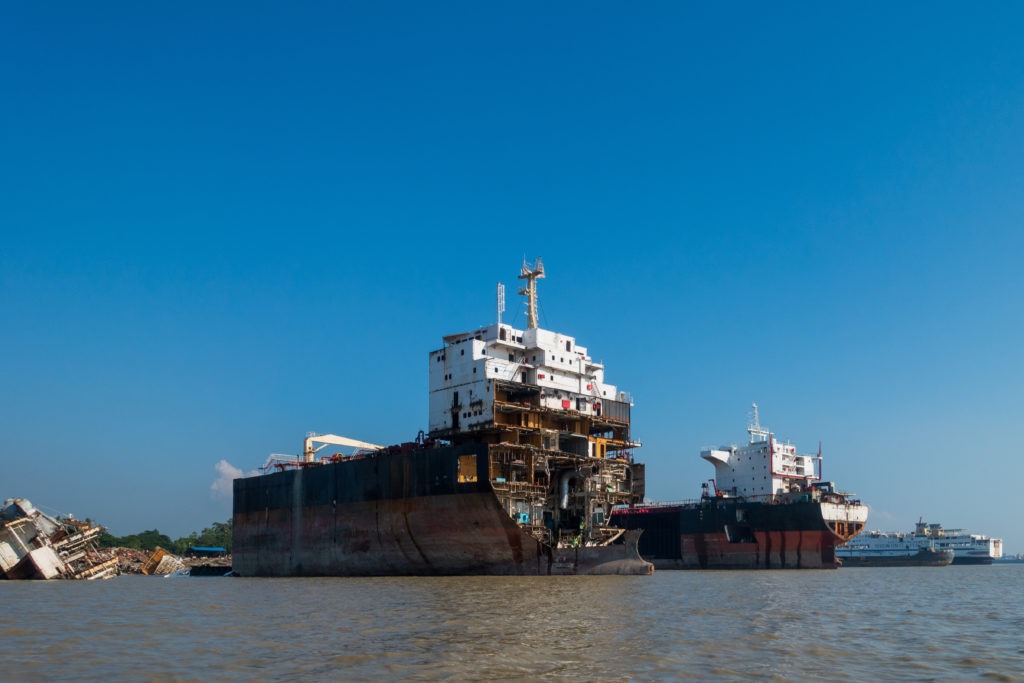
Taxation as an incentive
Not directly related to ship construction and ship values, Carbon Taxation in some, or several forms, is on the near horizon. The European Commission and IMO are working on taxation plans, with the EC version reportedly coming out for the end of the year. China also has a version, as does Japan. The general idea of all of them is that ships that exceed a certain level of emissions will pay a tax/fee on every ton of the excess. In some of the plans, the collected monies go to R&D for cleaner ships. Other variations are where clean ships, such as the CII grade A and B ships, sell their “cleanliness” to the C and higher ships, A form of reward for good behavior.
A sideline in the marine industry will be entities collecting CO2 for disposal as well as ships that will be built to carry CO2 from collection sites to disposal sites.
The battery battles
The race for cheaper, cleaner, lighter, longer lasting batteries continues.
On the horizon for ships (and even locomotives and short haul trucks) is the Vanadium redox flow battery (VFRB). Testing shows that VFRBs have numerous benefits, from a much longer life of 20,000 cycles of 100% to 5% capacity. They are also easier to recycle, may be faster to recharge by swapping out the functioning liquids, and cheaper to make with vanadium recovered from coal ash, slag, and other industrial discards. Not to mention these batteries are extremely safe.
The drawbacks are still regarding costs. Recovery of vanadium, a very common material, has become important to major countries as at a reasonable cost, it is domestically available, unlike lithium. So work is to make recovery cheaper. The other cost item is that despite all the benefits, the power density of VFRBs is presently too low to compete economically. Involved companies in Europe, North America, and Australia are working on this aspect and are talking of a very competitive power density by 2024.
As mentioned, this system is for larger transportation types, and its main interest is for power station storage. Power comes from the interaction of two tanks of liquids through a membrane. The larger the tanks, the more power. These tanks are too large to compete with smaller lithium batteries that are great for car use. But with the space available at land stations, size is not a problem. Studies show that VFRB batteries could be used in the standard European short sea shipping freighter/tanker and provide a range of 650 miles. As power density improves and costs drop the VFRB could be a perfect zero-emission propulsion source.
-Norman Laskay
If you’d like to keep this conversation going, please email me at nlaskay@DLSmarine.com


